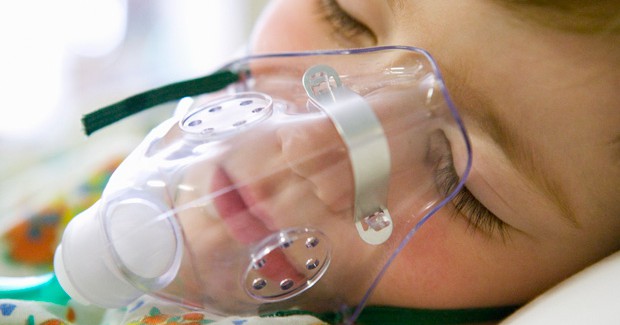
Since late last summer and early fall, some 100 or more children across 34 states have been stricken with a strange new polio-like illness recently named acute flaccid myelitis. Though some of these children show signs of the enterovirus, doctors still aren’t sure whether the two illnesses are related.
The main symptoms of acute flaccid myelitis involve limb weakness and even paralysis. Most of the 100 children infected with the illness haven’t shown improvement, and only one has recovered completely.
“Since September 2014, [the Centers for Disease Control and Prevention] CDC and partners have been investigating reports of children across the United States who developed a sudden onset of weakness in one or more arms or legs with MRI scans that showed inflammation of the gray matter — nerve cells — in the spinal cord,” according to the CDC. “This illness is now being referred to as acute flaccid myelitis.”
Most of the children who had fallen ill with acute flaccid myelitis experienced respiratory problems in the weeks prior, such as coughing and difficulty breathing, followed by a fever and weakness in the limbs. Finally, paralysis symptoms began appearing. The average age of the affected patients is around 7.6 years old, according to the CDC, and almost all of them were hospitalized.
The leading hypothesis is that the paralysis is related to infection with enterovirus 68 — a respiratory illness that attacked children last fall. But when doctors tested the children, only one of them showed signs of the virus in their spinal fluid; most of them had spinal fluid devoid of any enterovirus.
“It’s unsatisfying to have an illness and not know what caused it,” Dr. Samuel Dominguez, an epidemiologist and infectious disease specialist at Children’s Hospital Colorado (which saw most of the first cases), told The New York Times. If it’s not the enterovirus 68, it’s possible that the virus is simply one that doctors haven’t discovered yet.
The CDC says they are working with health care professionals and state and local health departments to investigate and better understand the illness. They are planning a potential case control study and testing specimens collected from children diagnosed with the disease.
No specific protocols were released about how to handle the illness, although the CDC has published interim considerations summarizing expert opinion about this topic. They suggest that parents who notice a sudden onset of weakness in their child’s arms or legs should contact a health care provider to have their child assessed for possible neurological illness. They also urged parents to ensure that children are up-to-date on immunizations, which can prevent severe diseases like influenza and polio.
